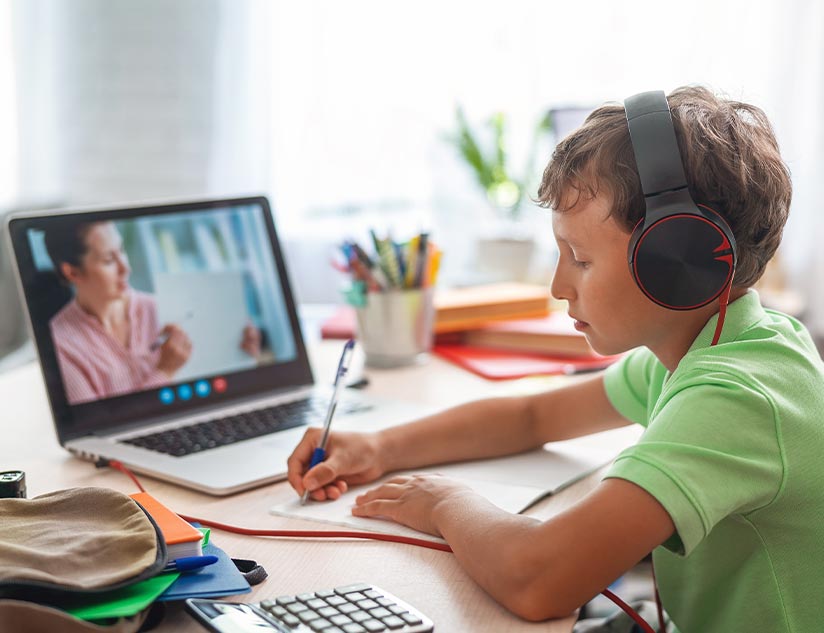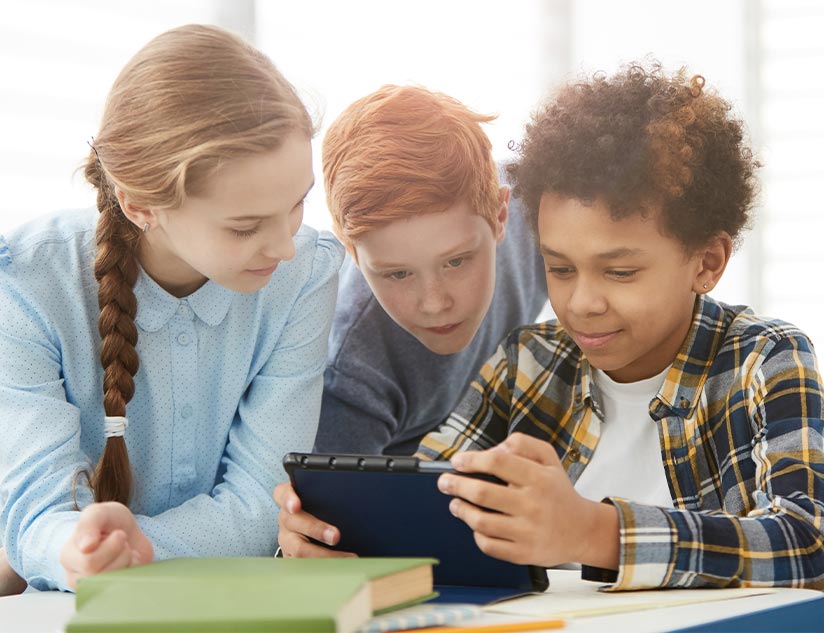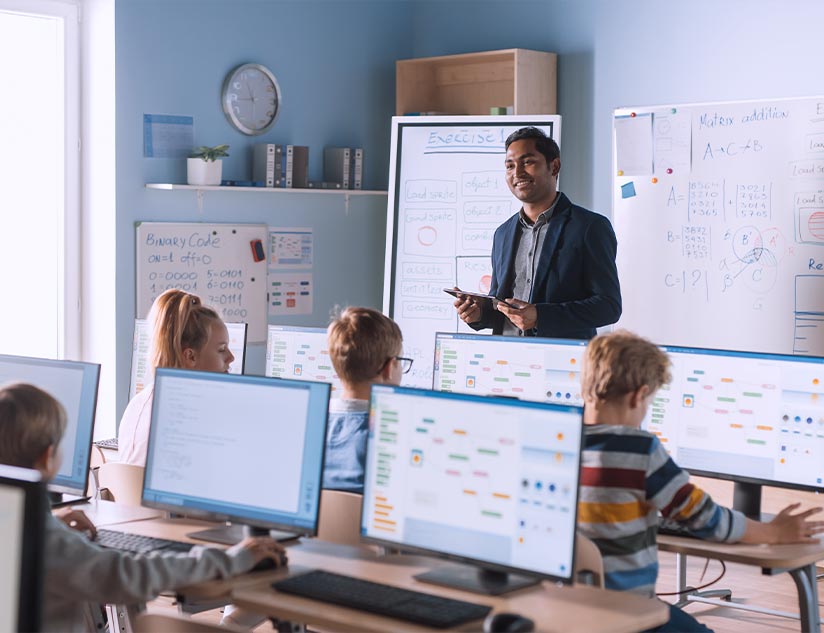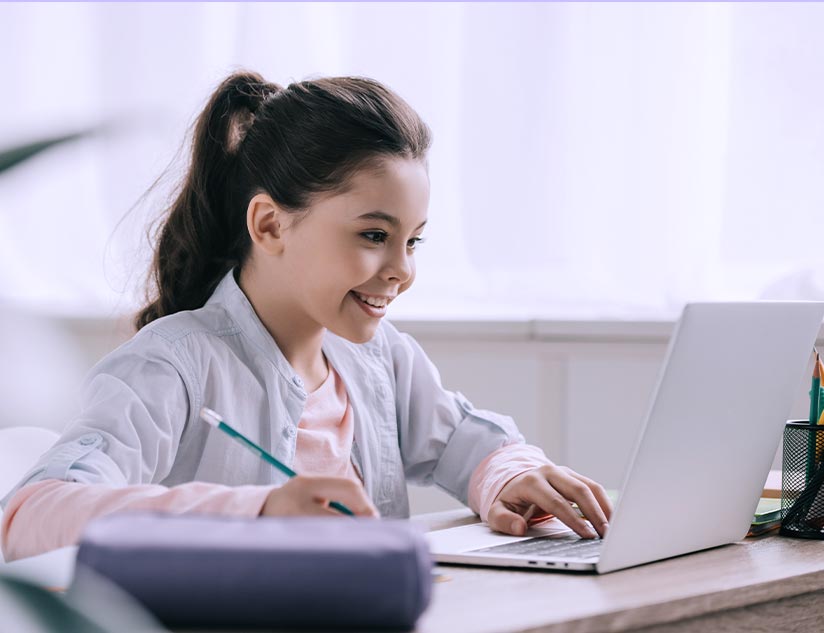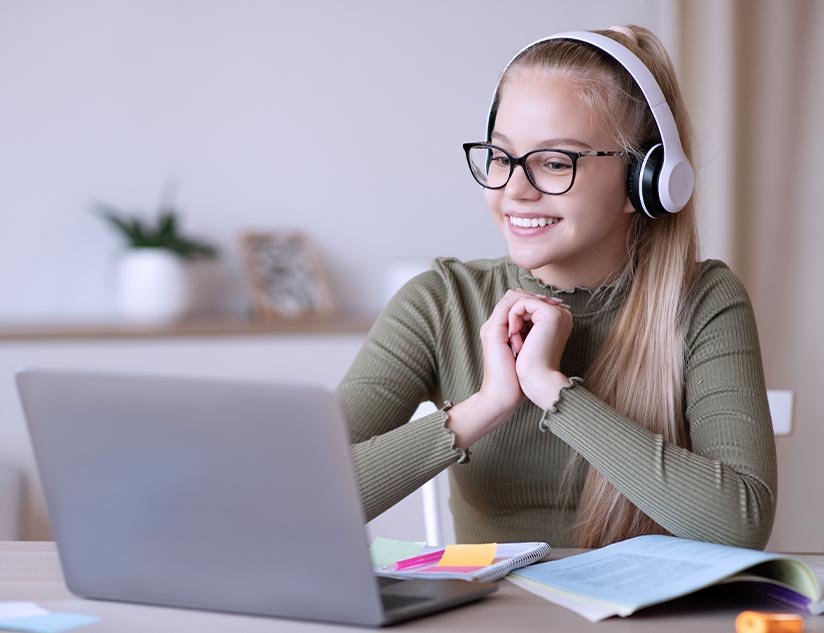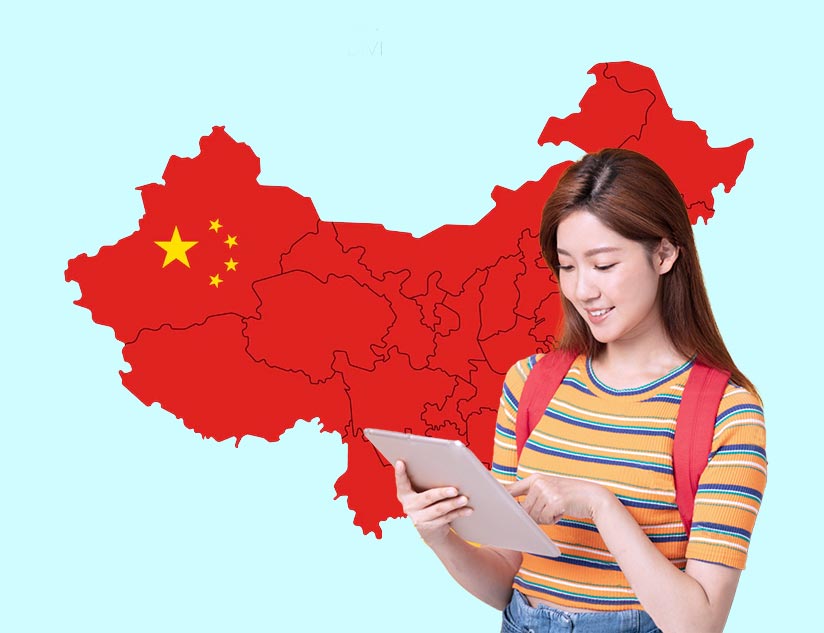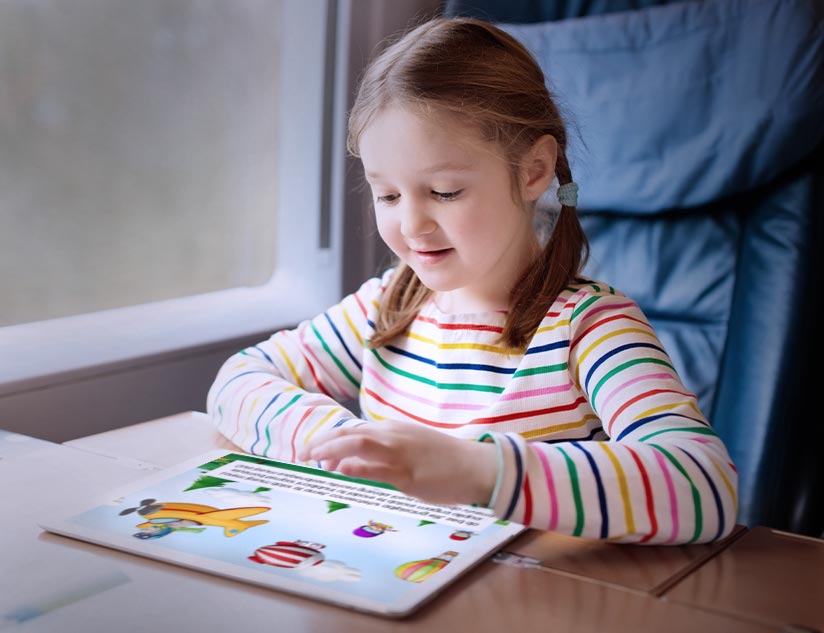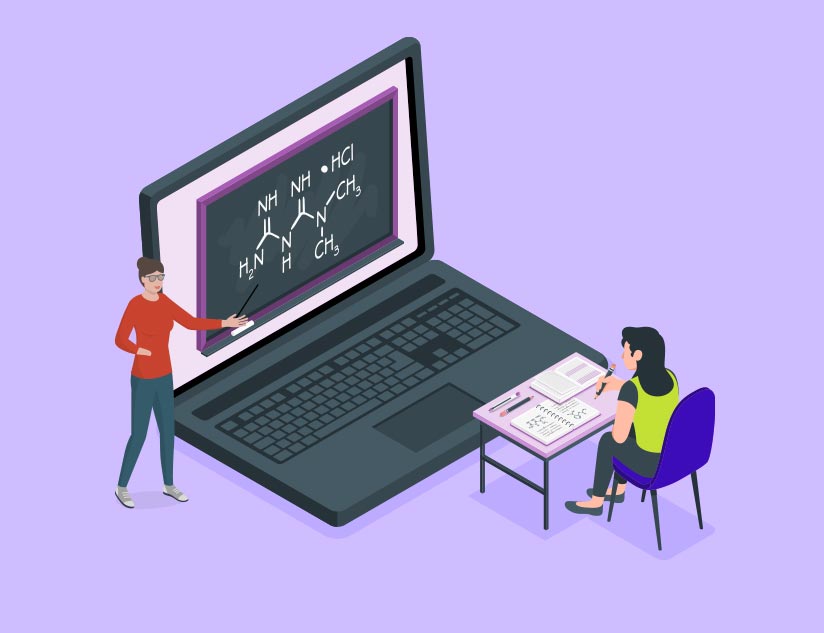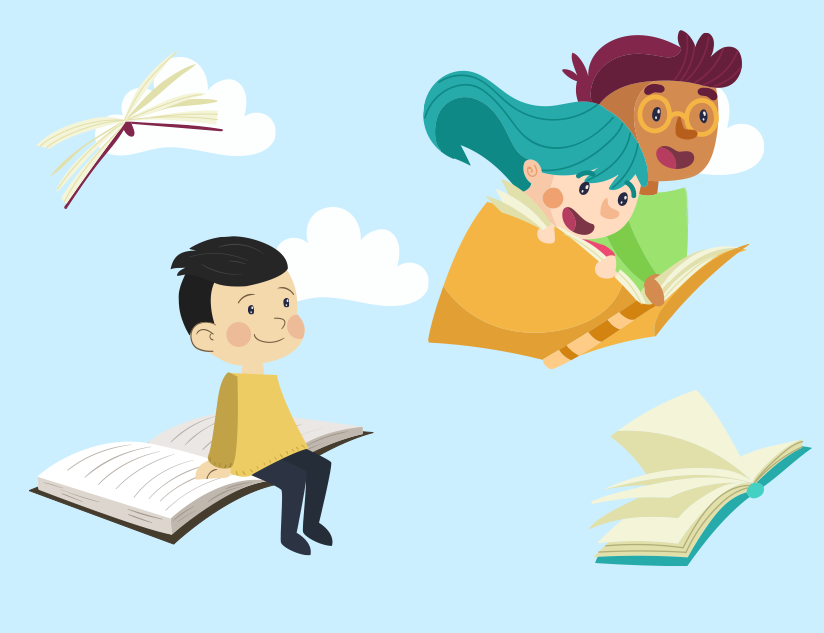Learning Loss Recovery: What Does It Look Like?
February 21st, 2023
Traditionally, “learning loss” was used to describe educational setbacks that might occur when students are away from the classroom for prolonged periods. Since March 2020, however, learning loss has come to mean the impact of the COVID pandemic and consequent school closures and remote learning, which led to missed classes. With this understanding of learning, McKinsey & Co released a report in June 2021 that revealed that K-12 students had lost four months of Math and four months of Reading by the end of the 2020-21 school year.
Unfortunately, the pandemic also brought to the forefront significant gaps in access to education for lower-income households. Disability and ethnicity also had a role to play. Such gaps in access could mean higher learning loss among such communities. To complicate matters, the impact of learning loss can be wide-reaching and could even have long-term effects on the student. A World Bank-UNESCO-UNICEF report released in Dec 2021 estimates that learning loss due to COVID-19 could cost the current generation of students almost $17 trillion in “lifetime earnings.”
It is time for traditional learning models to evolve and for the education sector to support recovery from this loss.
Disrupting Traditional Learning
After the education system has tasted authentic remote learning, there’s no going back to the traditional physical classroom model, where the student is a passive recipient of the information, and the teacher is the sole provider of the information. Traditionally, homework assignments were aimed at reinforcing the information delivered in class. These assignments were the same for every student and had to be completed simultaneously.
The only silver lining to the pandemic is that edtech found its way into the school system, powering the delivery of personalized learning tailored to each student’s skill level, learning style, and needs. No surprise then that even after schools have reopened, educational approaches are leaning towards hybrid, adaptive learning.
Implementing Technology in the Classroom
Accessibility and inclusivity are overriding issues for the education sector today to ensure equal and fair learning opportunities for all. The most effective way to achieve this is by using a robust online learning platform and cutting-edge edtech tools. Here’s a look at how technology can help bridge learning gaps by ensuring equity in learning.
With technological advances, AI and AR/VR applications in the classroom are growing. Simulating real-life situations allows students to apply their knowledge to actual problems. This, in turn, boosts creativity, critical thinking, and problem-solving skills. Plus, with the addition of collaborative tools, the problem-solving exercise can be turned into a holistic learning experience, promoting SEL and leading to enhanced student communication and relationship abilities.
Furthermore, a state-of-the-art online learning and content distribution platform can ensure equity in learning when it is compatible across multiple devices and operating systems. Now if we add offline access to learning materials, it becomes a truly accessible and inclusive experience. This way, students with unreliable or no internet connectivity at home can download lessons, assignments, and more and complete them offline at their convenience.
Perhaps the most crucial feature of an edtech platform is personalized learning. Now, armed with an AI chatbot, such a platform will allow students to progress at their own pace and recommend additional resources based on each student’s learning progress and interests. In addition, analytic tools enable educators to follow each student’s progress, identify learning gaps, offer individualized support, and design personalized learning paths.
Also, powerful edtech tools, such as content authoring tools, preloaded with thousands of themes and templates, make it quick and convenient for educational publishers to create, modify and update the learning materials. Including in-text links to external resources is easy, giving students a clearer or more in-depth insight into each concept. This can help prepare students for success in today’s global knowledge economy.
What the Future Holds
Recovering from learning loss, which is not just pandemic-induced but also due to equitable access to education, will take time and effort. School districts and district leaders might need to embrace new and unfamiliar systems. This process can be eased by using an online learning platform that easily integrates with each school’s existing SIS and digital ecosystem to reduce the need to learn new skills to deliver equity in learning.
The future of education lies beyond physical classrooms and infrastructure to offer an uninterrupted flow of education across student groups. If you, too, are looking for a reliable, proven, and powerful platform to promote recovery from learning loss, talk to our experts today.






